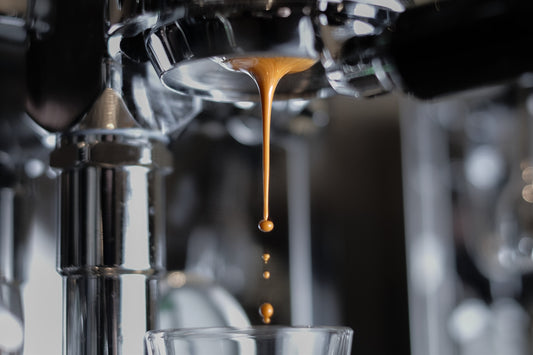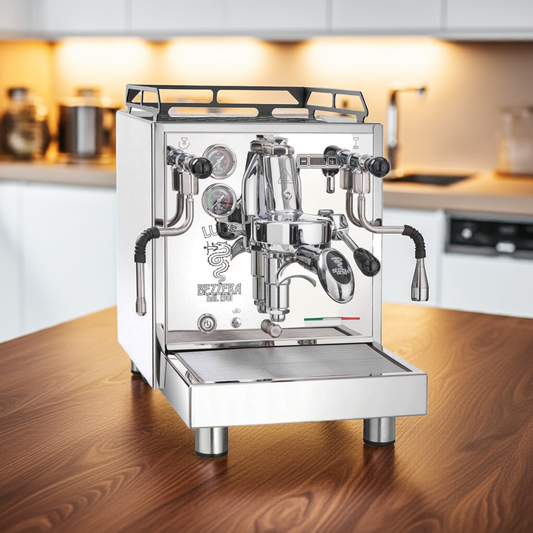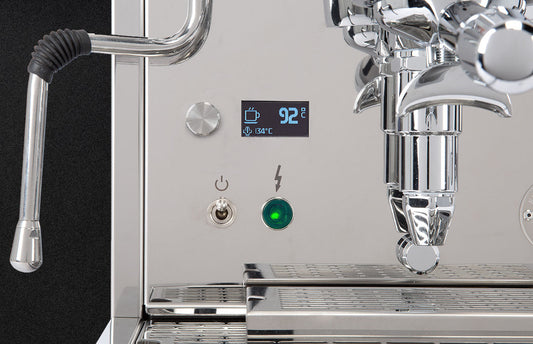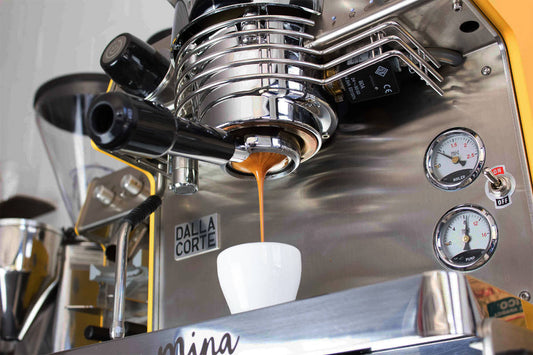What distinguishes an IMS precision sieve from the standard one?
The big difference from standard sieves is the high level of manufacturing. Since espresso is in the micrometer range, and the ground coffee grain is approximately 200 to 300 µm, the perforation of the sieves should be examined with this level of precision. While barely noticeable to the naked eye, a significant difference can be seen under a microscope.
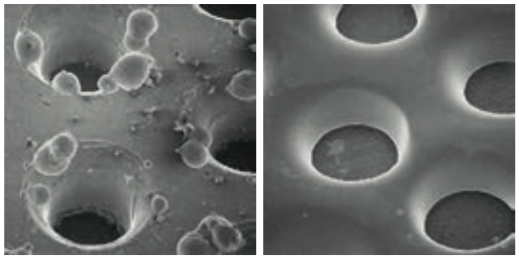
As can be clearly seen in Figure 1, the holes are free of production residues. Production residues can cause the holes to become clogged with coffee grounds. With IMS, the surface is smoothly polished and the holes are more precisely formed, ensuring a more even extraction and a noticeably better result in the cup, which can also be confirmed by a refractometer measurement. Another advantage of the smoothly polished surface of the IMS sieve is that fewer coffee residues are left behind in the sieve when the coffee grounds are pressed out. In addition, fewer coffee fines pass through the sieve, which tend to collect at the bottom of the cup and leave an unpleasant residue on the tongue after the last sip.
IMS - Development of precision sieves
Through continuous improvement and in collaboration with renowned companies for barista championships, IMS-Filtri has perfected the shape of the perforation. With a tapered perforation, which is unique to IMS sieves, the aromas in the espresso are even more pronounced (Figure 2). Even the crema has a finer texture, which is considered more pleasant in the mouth. Comparable to the fine-pored milk foam in a cappuccino.
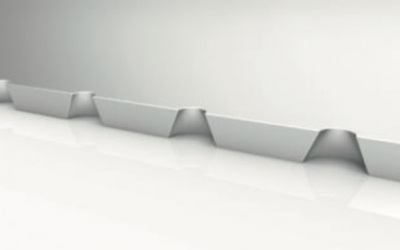
Since sieve specialists like IMS don't commit to a single size, they offer them in almost all practical sizes and weights. For different coffee varieties, significantly better results can be achieved with the ideal weight. The Italian textbook rule of thumb of 7 grams in 25 seconds works well. However, significantly better results can be achieved with a variation of this. This is something the world's top baristas demonstrate every day. For example, if a fine Arabica is being brewed, a weight as high as 11 grams can taste much better.
A common mistake is either overfilling the sieves or adding too little ground coffee. Underfilling causes the coffee grounds to be under-rinsed, and the machine can't build up sufficient pressure. This results in poor coffee extraction, and a lot of water collects on the coffee grounds or they become very muddy. Overfilling the sieve causes the portafilter to barely fit into the brewing group, and the ground coffee is forced into the brewing spray, which can result in a burnt-tasting espresso. And the spray becomes more quickly contaminated with coffee residue, which then negatively impacts the next extraction.

